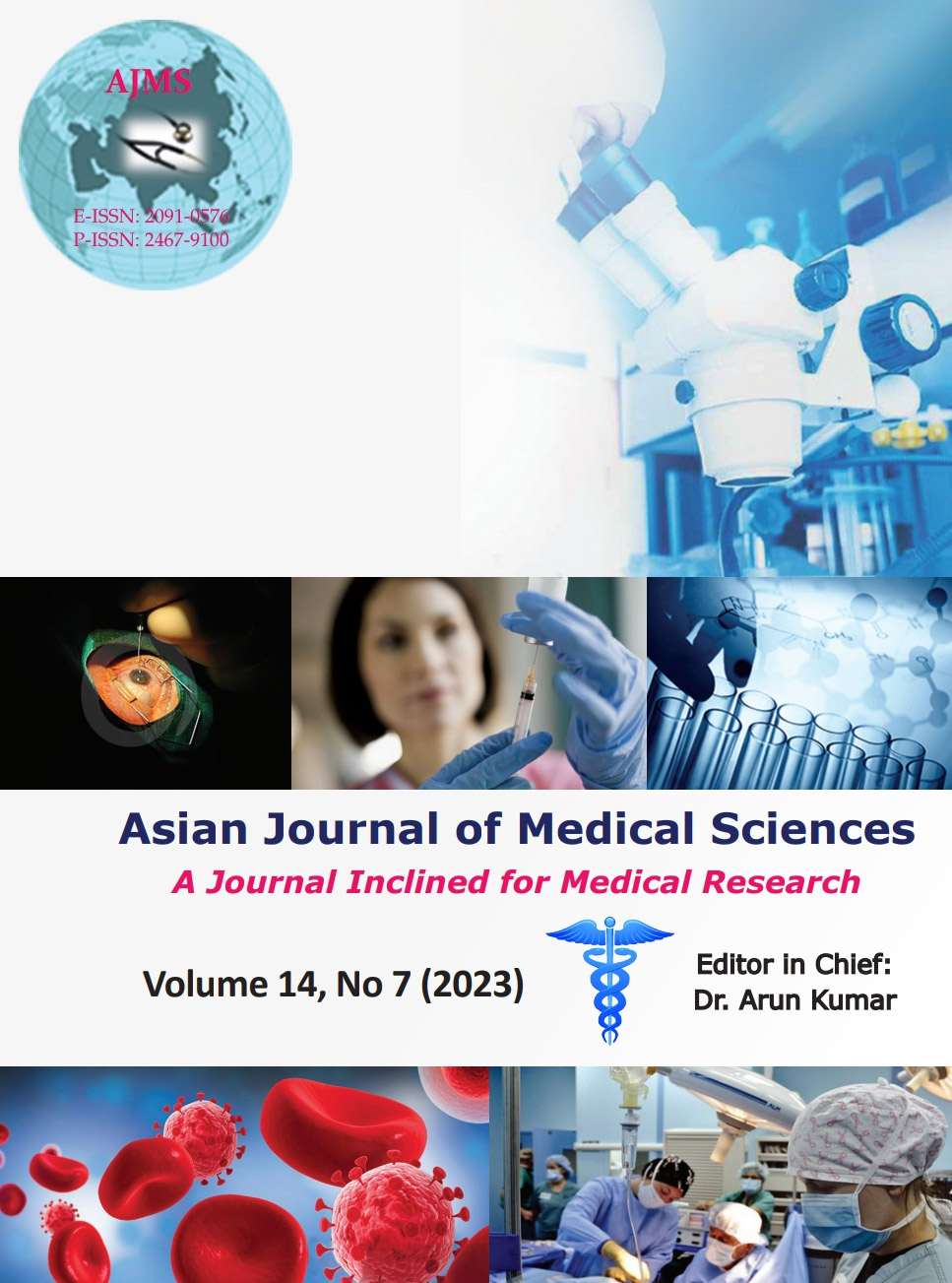Scatter gram patterns of hematological malignancies in Sysmex XN series
Keywords:
Acute myeloid leukemia;Chronic myeloid leukemia; Chronic lymphocytic leukemia; Scatter grams; Sysmex XNAbstract
Background: Scatter grams-graphic depictions of the cell populations in a blood sample are produced by automated analyzers. These scatter grams can be employed to screen for various hematological conditions, including anemia, leukemia, and other blood disorders by examining the scatter gram’s cell population distribution and patterning.
Aims and Objectives: In this study, we wish to study the scatter grams generated by the Sysmex XN-series analyzer for confirmed cases of hematological malignancies.
Materials and Methods: In this study, 58 cases of hematologic malignancies diagnosed based on peripheral smear findings and bone marrow morphology data were extracted. We retrieved the complete blood count and scatter gram patterns analyzed by Sysmex XN-1000 analyzer for these cases along with peripheral smear findings. Scatter gram patterns in white blood cell differential and white cell nucleated were analyzed correlating with peripheral smears.
Results: Among 58 cases, 20 cases were acute myeloid leukemia (6 were acute promyelocytic leukemia), 32 cases were chronic myeloid leukemia, and 5 cases were chronic lymphocytic leukemia. Unique scatter gram patterns were seen with different leukemias.
Conclusion: Pattern analysis of scatter grams has the potential to improve the efficiency and accuracy of leukemia diagnosis and also help to prioritize the evaluation of cases that require further testing, such as molecular and cytogenetic evaluations, especially in limited resources or high sample volumes conditions.
Downloads
Downloads
Published
How to Cite
Issue
Section
License
Copyright (c) 2023 Asian Journal of Medical Sciences

This work is licensed under a Creative Commons Attribution-NonCommercial 4.0 International License.
Authors who publish with this journal agree to the following terms:
- The journal holds copyright and publishes the work under a Creative Commons CC-BY-NC license that permits use, distribution and reprduction in any medium, provided the original work is properly cited and is not used for commercial purposes. The journal should be recognised as the original publisher of this work.
- Authors are able to enter into separate, additional contractual arrangements for the non-exclusive distribution of the journal's published version of the work (e.g., post it to an institutional repository or publish it in a book), with an acknowledgement of its initial publication in this journal.
- Authors are permitted and encouraged to post their work online (e.g., in institutional repositories or on their website) prior to and during the submission process, as it can lead to productive exchanges, as well as earlier and greater citation of published work (See The Effect of Open Access).




